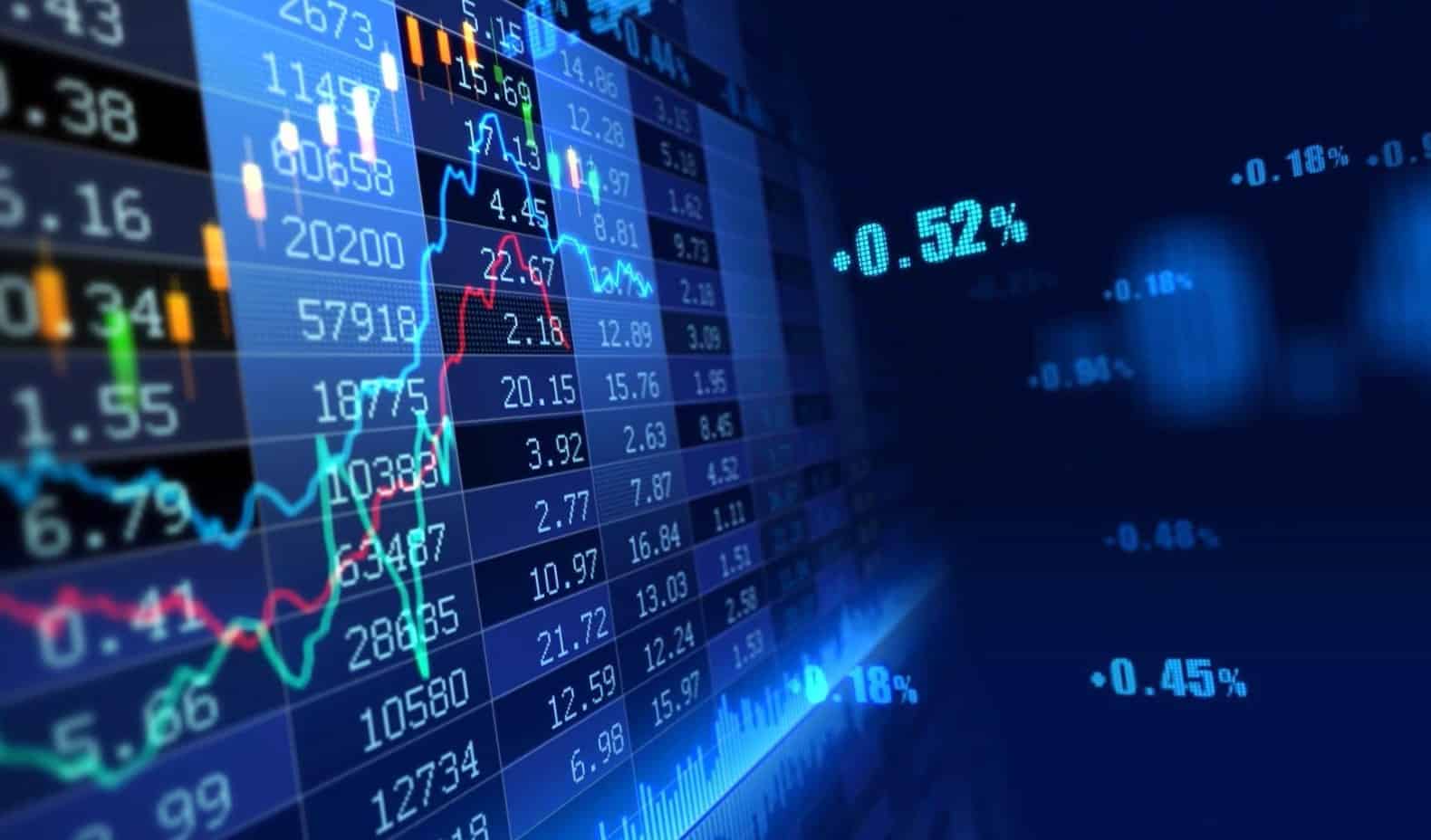SINGAPORE — Shares in Asia-Pacific were mixed on Monday, as investors monitored market reaction to the release of China’s latest benchmark lending rates.
In South Korea, the Kospi led losses among the region’s major markets as it dropped 2.04% to close at 2,391.03, with shares of industry heavyweight Samsung Electronics declining and chipmaker SK Hynix both declining close to 2% each.
The Shanghai Composite in mainland China closed mildly lower at 3,315.43 while the Shenzhen Component gained 1.265% to 12,487.13.
China’s one-year and five-year loan prime rates were both left unchanged on Monday. That matched the forecast in a Reuters poll, where a vast majority of respondents had predicted no change to both the one-year or the five-year LPRs.
Hong Kong’s Hang Seng index climbed 0.42%, closing at 21,163.91. Shares of life insurer AIA gained 1.32%.
Netease shares in the city skidded 6.68% after the firm announced a delay to the release of its eagerly anticipated video game Diablo Immortal in China, just days before it was expected to launch officially.
Shares of Alibaba shares in Hong Kong also fell 0.1%. Reuters reported Friday that China’s central bank has accepted Alibaba-affiliate Ant Group’s application to form a financial holding firm, reviving hopes for a potential public listing for Ant.
The Nikkei 225 in Japan finished the trading day 0.74% lower at 25,771.22 while the Topix index fell 0.92% to 1,818.94.
Australia’s S&P/ASX 200 dipped 0.64% on the day to 6,433.40.
MSCI’s broadest index of Asia-Pacific shares outside Japan dipped 0.15%.
“It’s difficult to find a place to hide, with bond prices moving … together with the equity market,” Pu Yonghao, senior advisor at Fountainhead Partners, told CNBC’s “Street Signs Asia” on Monday. Bonds and stocks traditionally acted as hedges against each other, but are now moving in tandem instead, he explained.
The yield on the benchmark U.S. 10-year Treasury note recently hit its highest in 11 years ahead of the U.S. Federal Reserve announcing its most aggressive rate hike since 1994. It later retreated from those levels and last traded at 3.2313% in the afternoon of Asia trading hours on Monday. Yields move inversely to prices.
Markets in the U.S. are closed on Monday for a holiday. The S&P 500 last week had its worst week since 2020 as investors grappled with the prospect of a potential recession ahead as major central banks like the Fed hike rates to fight inflation.
“Global economic concerns are on the rise. In China, lockdowns to contain the Corona virus led to an economic slowdown. The US Federal Reserve’s monetary policy stance is fuelling concerns that too sharp a rate hike could stall the US economy. In some emerging countries, increased food prices have led to political instability,” Felix Brill, chief investment officer at VP Bank, said in a Monday note.
“The next few months will be difficult from an economic perspective. Hope continues to rest on supply chain problems being resolved,” Brill said.
Currencies and oil
The U.S. dollar index, which tracks the greenback against a basket of its peers, was at 104.502 after a recent bounce from levels below 104.
The Japanese yen traded at 134.68 per dollar, weaker as compared to levels below 132 seen against the greenback last week. The Australian dollar changed hands at $0.6981 after dropping late last week from above $0.70.
Oil prices were lower during the afternoon of Asia trading hours, with international benchmark Brent crude futures down 0.55% to $112.50 per barrel. U.S. crude futures sat fractionally lower, trading at $109.51 per barrel.

